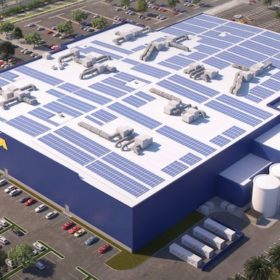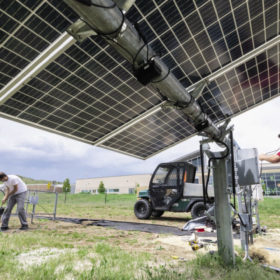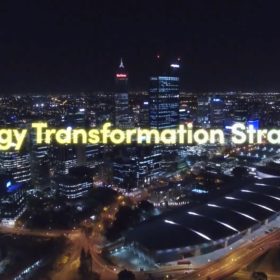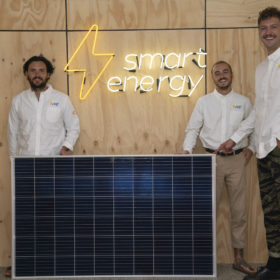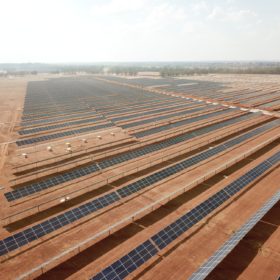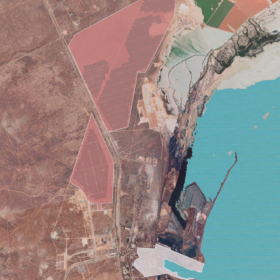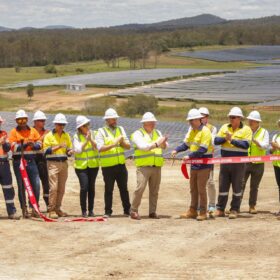Ikea Adelaide constructing unique microgrid on its way to 100% renewable energy
Ikea Adelaide is leading the way for the Swedish giant’s global aspirations towards 100% renewable energy through what is being touted as Australia’s largest grid-connected commercial microgrid. The two stage project boasts a range of unique features which could lay the foundations for a new sustainable energy model for Australia.
Iberdrola highlights potential for green recovery in breaking ground on Australia’s largest hybrid wind and solar farm
Spanish giant Iberdrola has broken ground on its 317 MW Port Augusta hybrid wind and solar farm, set to be the largest in Australia. The global energy company stressed its desire to increase its renewable presence in Australia on the day, betting on Australia’s potential for a green recovery from the economic strife of Covid-19.
‘Solar is the new king of energy markets’
The advance of PV has been lauded by the International Energy Agency as it launched the latest edition of a flagship World Energy Outlook 2020 report overshadowed by the Covid-19 crisis and uncertainty over how long the economic recovery could take.
Clough and Elecnor joint venture appointed EPC for SA-NSW Interconnector
A 50/50 joint venture between Clough Group and Spanish infrastructure giant Elecnor has been selected as EPC for the 700km NSW section of the SA-NSW Interconnector, Project Energy Connect. The big jobs require the big guns, and it seems as though the big guns have been called in on this occasion, with Project Energy Connect deemed integral to the energy future of both states.
Salt of the earth Deakin Uni researchers win global prize with innovative sodium battery
A group of Deakin University researchers have won a top gong at Climate Launchpad 2020 with their innovatory sodium battery which they expect to electrify Indonesia’s enormous scooter market within three years and outcompete lithium ion batteries in the near future.
Trump pulls tariff exemption for bifacial panels – again
The U.S. president issued a proclamation on Oct. 10 that cites the impact of imported bifacial panels on U.S. solar manufacturing, while also raising the scheduled fourth-year tariff rate from 15% to 18%.
Rooftop PV set to shine in WA’s energy future despite growing gas cloud
The Western Australian Government’s Energy Transformation Taskforce has revealed its first blueprint for the isolated state’s energy system transformation over the next two decades. The blueprint, which features four separate models, sees rooftop solar and accompanying battery storage excel in the coming years, although it suggests coal-fired power will still have a large presence.
Smart Energy’s protean culture helped solar to shine through Covid-19
Smart Energy is one of Australia’s most creative and fastest growing solar companies, largely thanks to a compassionate business plan which came into its own since the outbreak of covid-19. The various lockdowns and increased electricity bills have driven an accelerated uptick in residential solar and Smart Energy co-founder Elliot Haynes sat down with pv magazine Australia to talk about this unprecedented period.
From loan to lightbulb Sebastopol Solar Farm is green all over
Sustainable intentions come together in the signing of a green loan to fund ongoing development of FRV’s Sebastopol Solar Farm, which lender ING says contributes towards its “ambition to align our lending portfolio with the Paris Agreement goals”.
The South Australian renewable energy crucible – perspectives from macro to micro
One of the few benefits of COVID-19 is the ability to virtually attend conferences that may previously have been a plane ticket too far. Tomorrow’s South Australian Renewable Energy Conference is a window of opportunity …
